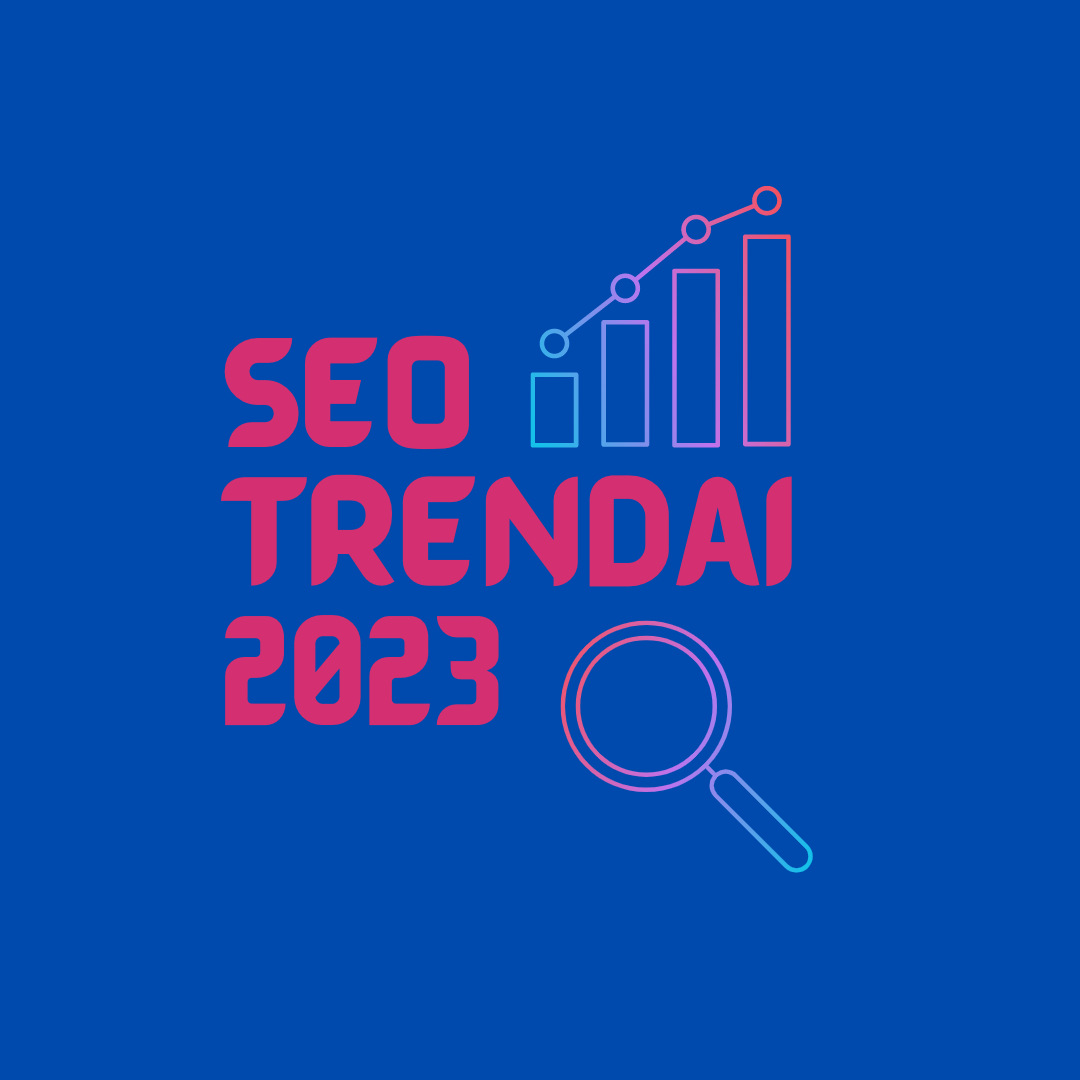With increasing competition and ever-changing search engine algorithms, innovation in SEO is taking new forms. Every year, search engines are getting smarter and more sophisticated to provide users with the most accurate and relevant results possible, and businesses need to be able to adapt to these changes to reach their desired audiences. While some of the basic principles of SEO remain stable, many aspects are constantly evolving. In 2025, it is not only artificial intelligence (AI) technologies and personalised user experiences that are moving forward, but also a focus on content quality, sustainability and technological innovation.
In this article, we will discuss the main SEO trends that are likely to determine the visibility of businesses online. Artificial intelligence, experience and trustworthiness principles, localization and multimedia optimization are becoming priorities in order to consolidate your rankings in search engine results. These trends will not only allow businesses to reach their audiences more effectively, but also to align themselves with a more sustainable, responsible internet future. So, let's take a look at how to prepare and what steps to take to keep your website at the top.

1. SEO strategies based on AI
In 2025, artificial intelligence (AI) will become one of the main tools to analyze and automate SEO processes. From large-scale data processing to the creation of personalised user experiences, AI helps create targeted campaigns that meet both the needs of users and the standards of search algorithms. AI models will be able to analyse complex consumer behavioural data, segment audiences and anticipate their needs, allowing businesses to adapt their strategies faster to market changes.
In addition, AI will make keyword research faster and easier, allowing new search trends to be quickly detected and content optimized. This means that SEO professionals will be able to focus not only on keywords, but also on broader subject areas that match users' intent and search goals.
2. Content quality and E-E-A-T
The focus on the application of E-E-A-T (Experience, Expertise, Authoritativeness, Trustworthiness) principles is not only growing, but also becoming more segmented by industry.
Each industry has its own unique standards and indicators that Google uses to assess the authority of content. For example, in the medical or financial sectors, expert opinion and credibility become crucial, so content will need to be well-researched and published by authoritative sources.
To strengthen E-E-A-T, it is recommended to regularly publish authentic, unique information written by professionals in their field. It is more important than ever to demonstrate your expertise and authority in the field in which you operate, while ensuring that the content writing is accurate, credible and consumer-oriented, with real insights and practical advice.
3. Localization and local SEO
As search engines become more aware of consumers' local goals, localization and local SEO will continue to be important for businesses targeting geographically specific audiences - both local businesses and multinational companies seeking to adapt to regional audiences.
Optimizing Google Business profiles, geo-targeted keywords and local links will be necessary to improve local search positions. Google is constantly improving its local search algorithms, so the targeted use of local keywords and the management of user feedback will become an integral part of the strategy.
4. Voice SEO
Voice search is becoming increasingly popular with the rise of smart speakers and virtual assistants such as Alexa, Siri or Google Assistant.
By 2025, it is predicted that as many as one third of searches will be made by voice. One good practice is to create question-and-answer type content that is directly relevant to the nature of the search, just as we use in conversational language. It is also important to consider that voice searches tend to be longer and more specific, so it is useful to tailor your content to long-tail keywords.
5. Multimedia SEO
The optimisation of video, audio and other media formats is becoming increasingly important, especially for mobile-first content and social media platforms. For example, image search using technologies such as Google Lens is becoming increasingly popular, especially in e-commerce, while video content continues to dominate online platforms.
To stay competitive, you will need to optimize your images and video and audio for search engines: use high quality visuals, add Alt text and meta data, create video and audio transcripts to make your content more accessible and easier to search.
6. Sustainable SEO
More sustainable SEO strategies focus on delivering tangible benefits to target audiences, effectively achieving marketing objectives and supporting long-term processes with minimal impact on the environment. They emphasize a balance between content creation and organizational resources, ensuring targeted reach, and the use of new technologies to increase efficiency.
Sustainability in SEO processes also means using the "right" methods and tools to achieve your results, without fooling search engines or users. In this area, it will be more important than ever to avoid 'black hat' SEO techniques that are only artificially effective in the short term, do not improve the user experience and often lower a website's position in the long term.
Sustainable initiatives such as optimizing site speed, reducing carbon footprint and digital waste become an integral part of long-term SEO success.
Other notable mentions:
Mobile SEO, mobile-first indexing
Mobile-first indexing has been a strategic priority for Google for several years now, and the focus on mobile SEO is only going to increase. With more than 55% of all web traffic coming from mobile devices, websites that are not optimized for mobile are losing the opportunity to compete. Mobile-first indexing means that search engines analyse the mobile version of a website first, so page speed, mobile design and ease of navigation becomes a priority. The user interface must not only be fast, but also intuitive, user-friendly and easy to navigate, as even minor glitches on a mobile device can lead to a high bounce-rate.
Quality backlinks
The way backlinks are evaluated is changing: quality is now far more important than quantity. High-quality backlinks from high authority websites and blogs not only boost a website's ranking but also send a strong signal of credibility to search engines. In addition, practitioners should seek links from sources that are relevant to a particular business or industry. In 2025, naturally occurring partnerships and collaborations with other businesses will be the cornerstone of a quality backlinking strategy.
User experience and technical SEO
User Experience (UX) and Technical SEO are already key ranking factors and their importance will only increase. Google and other search engines pay particular attention to the technical characteristics of a website, such as page load speed, interactivity, visual stability and accessibility. The Core Web Vitals - the most important indicators of website speed - will be key in measuring website performance, as a fast and smooth page encourages users to stay on the site longer, which increases engagement and reduces bounce rates.
In addition to technical requirements, usability and the presentation of high quality content have a significant impact on the user experience, which is why the focus in 2025 will be on user-friendly and dynamic pages that can flexibly adapt to different devices. Long-term SEO strategies that incorporate these technical and UX aspects can be the key to achieving higher rankings and greater user engagement.
To wrap up, 2025 promises to be a year of major changes in SEO, driven by advances in artificial intelligence, analysis of user behaviour and the commitment to content quality. Both local search and cross-format content optimization will become even more important for businesses that want to stay connected with their audiences. A focus on sustainability and a seamless user experience will contribute to the long-term growth and positioning of the website. Businesses should strive to adapt to these trends and respond flexibly to the ever-changing digital environment in order to remain competitive.



